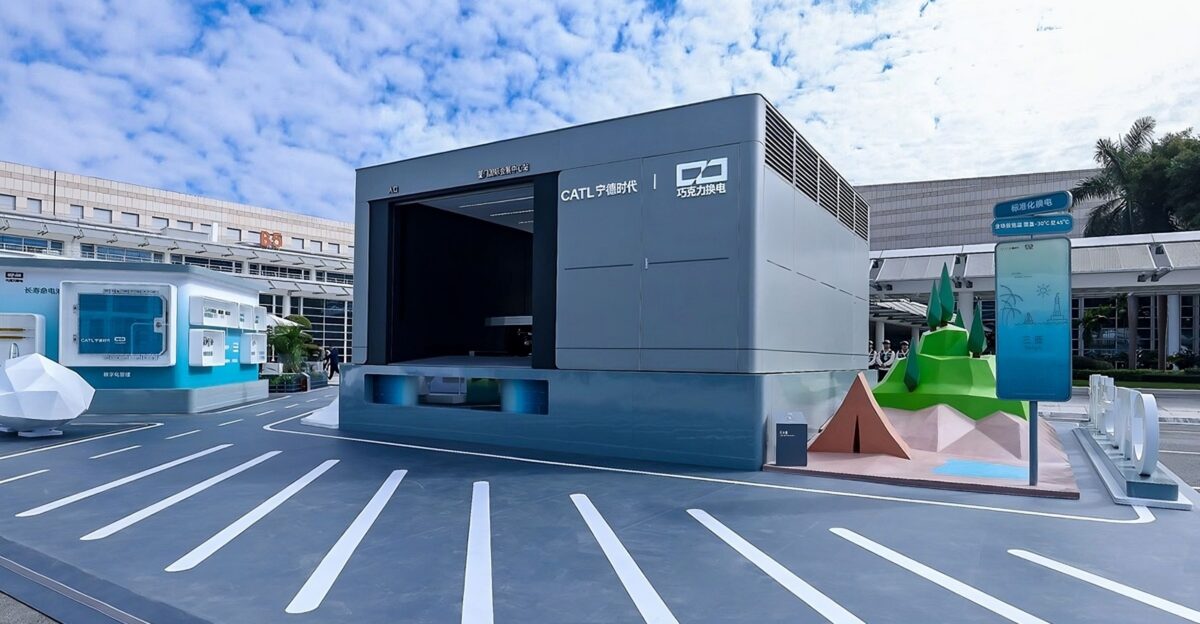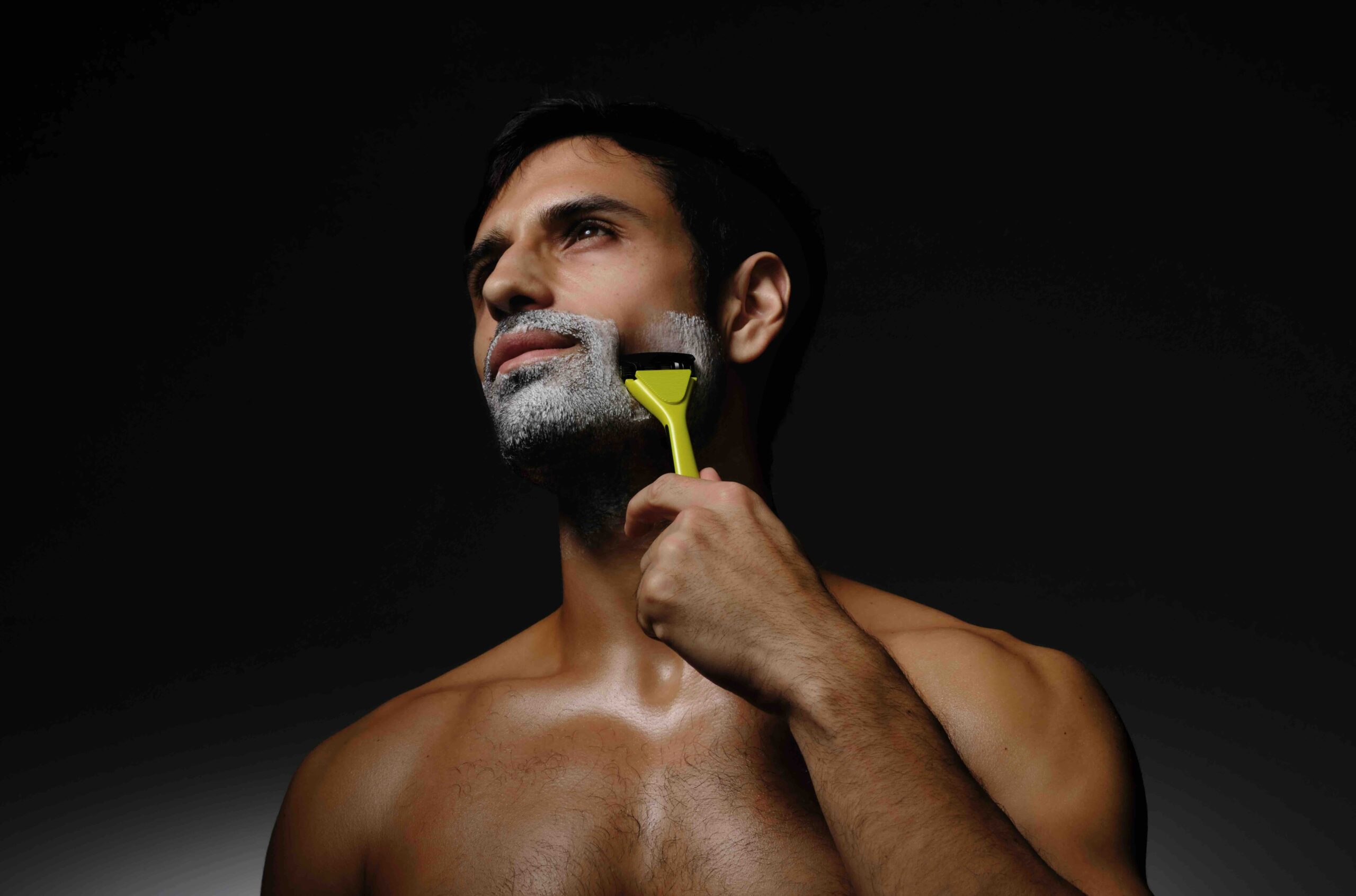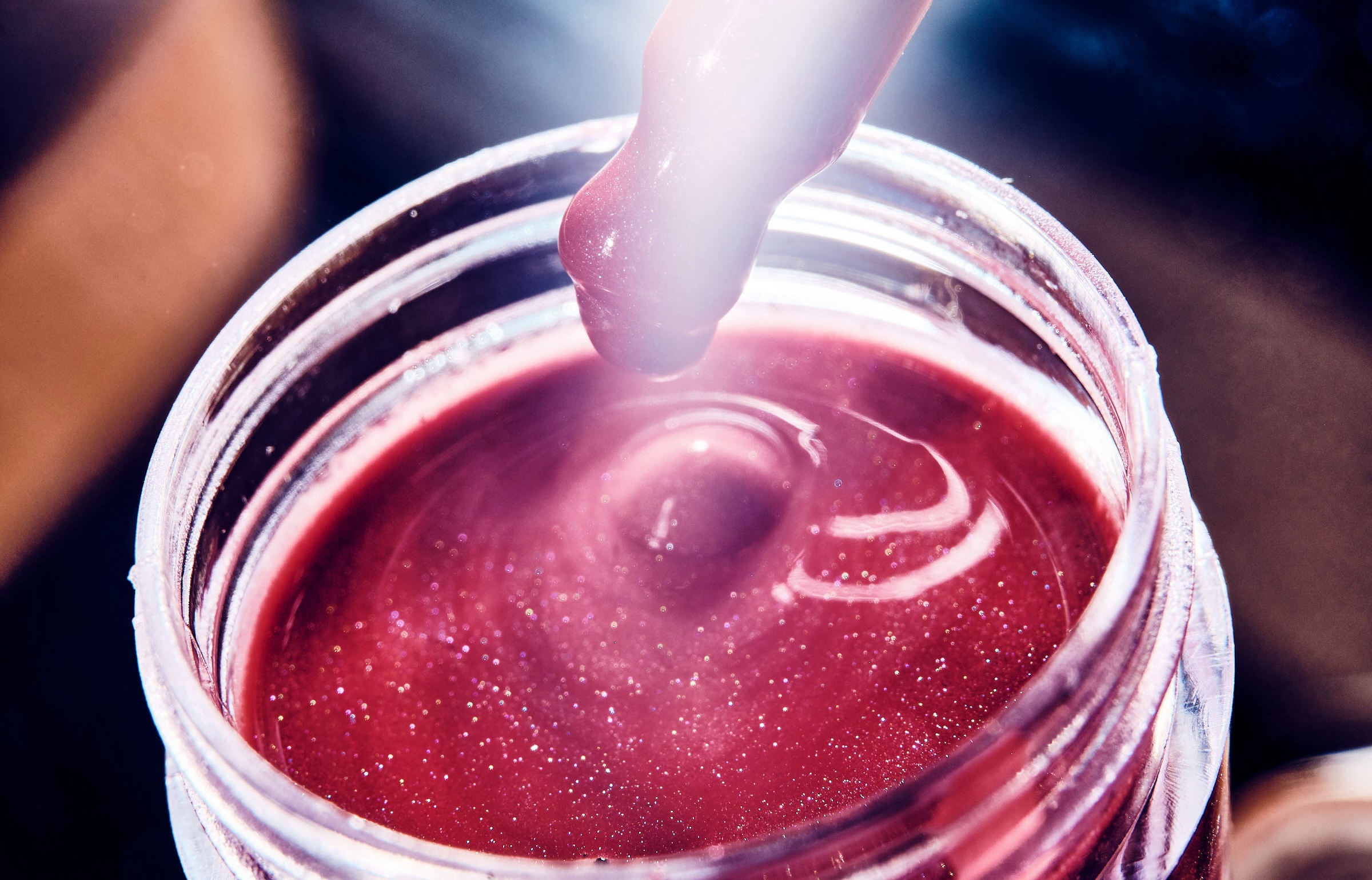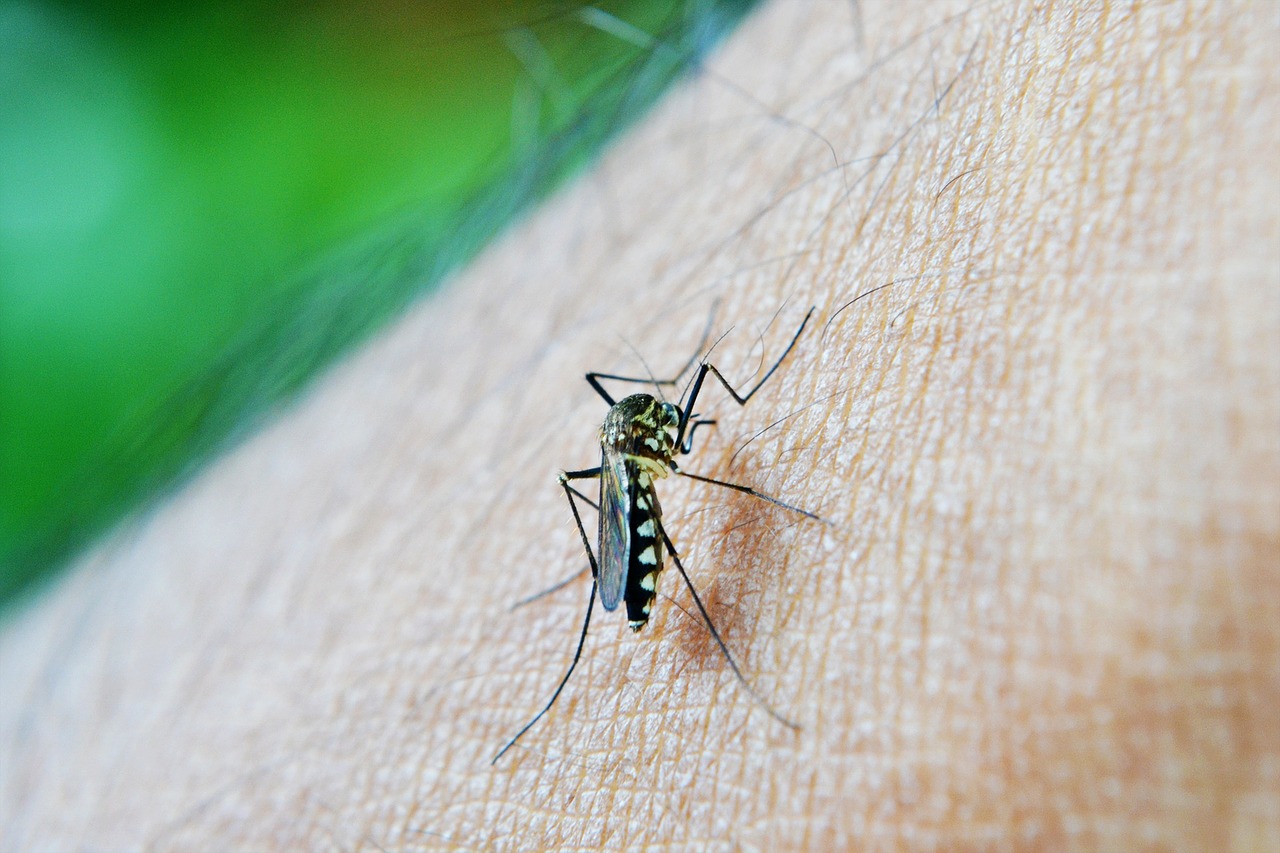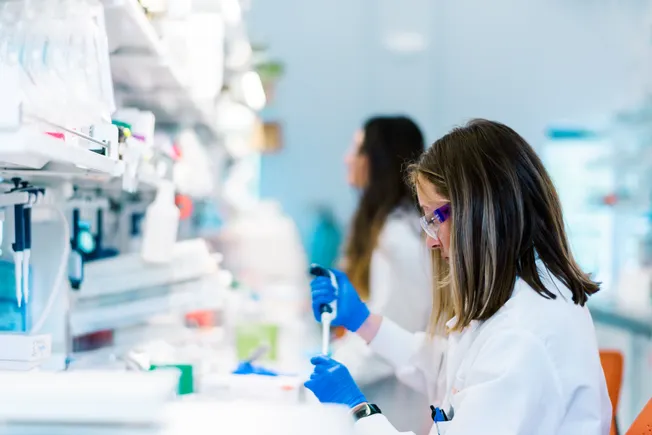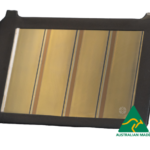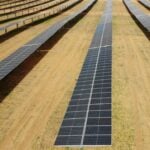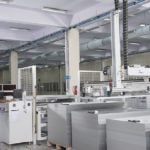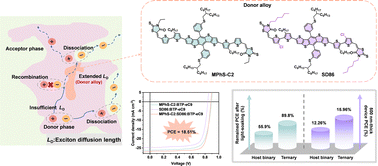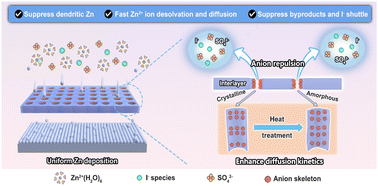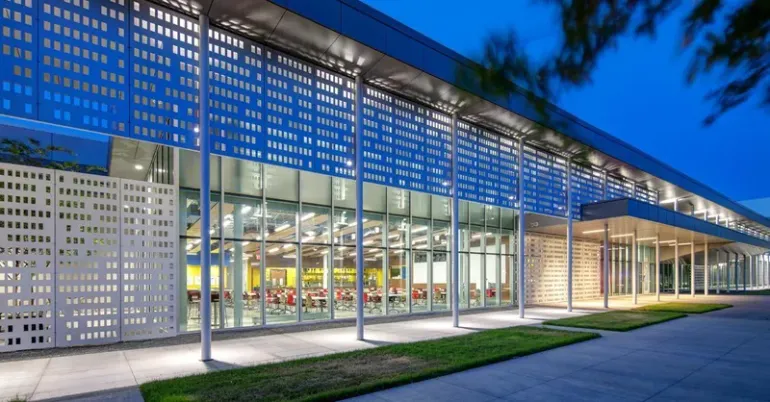Enhanced Bone Repair using Callus Organoids Derived from Urine‐Derived Stem Cells with Silk Fibroin
Advanced Healthcare Materials, EarlyView.

Urine-derived stem cells are used for bone defect callus rescue organoid generation. Novel short-cut SF electrospun fibers form a silk fibroin networks, boosting osteogenic differentiation and bone regeneration with high cell viability and robust mechanical support.
Abstract
To address the increasing need of bone grafts for bone defect repair and the limitations of current strategies, this study introduces an innovative approach to bone reconstruction. Toward this end, a novel porous callus organoid that leverages self-organized human urine-derived stem cells (USCs), within a meticulously engineered cell-aligned silk fibroin (SF) fiber network is developed to mimic the callus tissue formed during the osteogenesis of bone defects. This unique combination capitalizes on the exceptional mechanical properties and osteogenic potential of SF, along with the readily accessible and low-risk nature of USCs. By precisely optimizing organoid's fiber density and fiber diameter, the system generates a porous and low oxidative stress microenvironment that not only sustains cell viability and activity, but also induces cell elongation and enhances cell–cell interactions, facilitating rapid callus organoid development within two weeks. When these USC fiber-reinforced callus organoids are implanted into bone defects (5 mm in diameter), temporal advancement beyond the initial phase of natural bone healing is observed. This innovative system offers a cell-sparing, cost-effective therapeutic strategy that represents a significant advancement in bone reconstruction.











